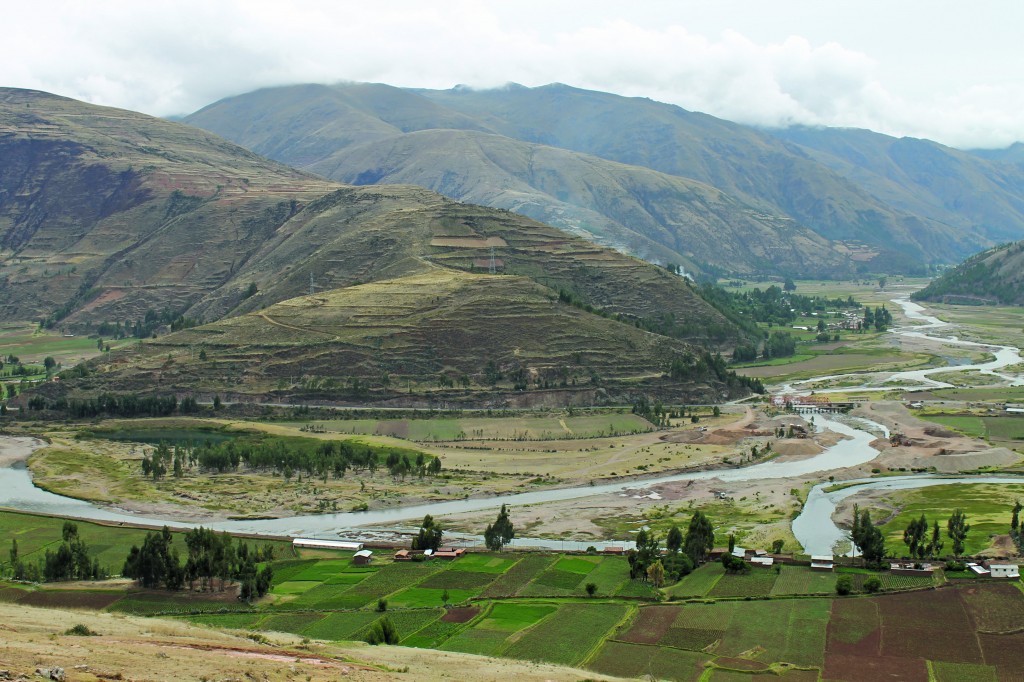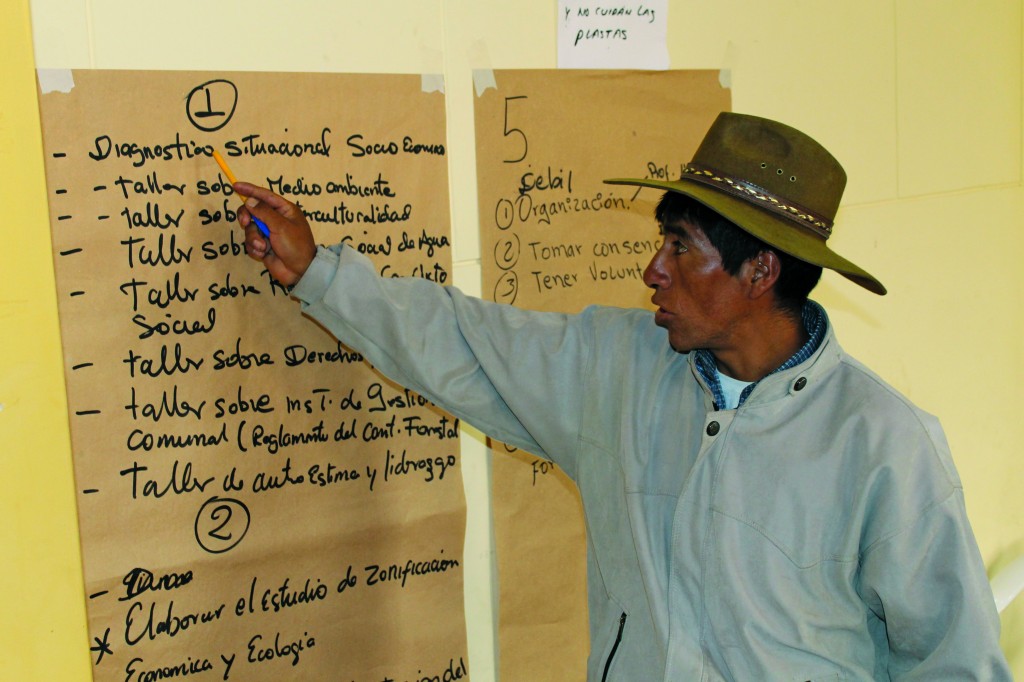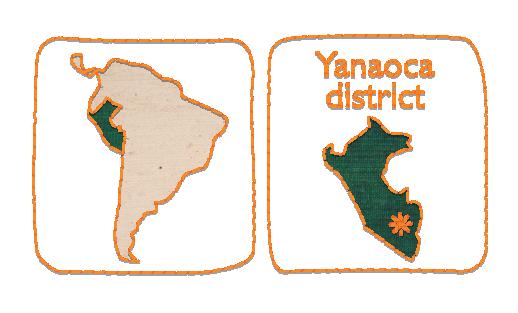Accessing carbon markets to improve livelihoods
Setting the scene
In the Andean region of Peru, families rely solely on agriculture for food security and income generation. However, climate-related impacts such as irregular rains, hailstorms, frosts and extremes of temperatures, have made growing crops and breeding animals increasingly difficult.
Lack of knowledge of sustainable land management has led to overgrazing the destruction of native forest vegetation on the Andean mountain slopes, and further diminished livelihoods. These factors combined have resulted in extreme poverty and malnutrition. With average monthly incomes of only US$57 per month, families are unable to meet their children’s nutritional and educational needs.
Project location
The project will take place in six communities in the district of Yanaoca – Kasani, Pongoña, Jilayhua, Ccolliry, Hanccoyo and Hampatura – near Cusco in the Southern Andes region of Peru.
This project will build on the work of existing World Vision projects in agriculture, education and health. In support of the proposed project, World Vision has already undertaken extensive community consultations and community land mapping exercises in the target areas. World Vision has also established nurseries in four of the six communities, with more than 100,000 trees planted to date.
Project overview
The project aims to plant around 1.2 million trees across 1,000 hectares of degraded grazing lands to mitigate environmental degradation, increase household incomes, and to sequester carbon into the landscape. This will be achieved through the establishment of nurseries in each of the participating communities, producing a range of trees including exotic pines for timber production, native species to establish conservation areas and increase biodiversity, and fruit trees to help combat malnutrition and increase family incomes
The project will seek to access carbon finance through the sale of carbon credits generated under the Gold Standard land use and forests certification program, in order to ensure long-term sustainability of the project. The project will also include community capacity building which will introduce sustainable farming practices, and improve community awareness of natural resource conservation and land governance issues related to the project.
DOWNLOAD PROJECT OVERVIEW (PDF)
Project location:
Yanaoca, Southern Andes, Peru
Project area:
1,000 hectares
Target population:
650 direct beneficiary families. It is also anticipated that up to 3,500 families will benefit indirectly from the project
Project partners:
- World Vision Australia
- World Vision Peru
- Local and regional governments
- Departments of Agriculture, Forestry and Environment
- District forest committees and community boards
- Carbon complianceand advisory organisations
- AIDER (Asociacion para la Investigacion y Desarrollo Integral)
Climate change mitigation:
- Reforestation
- Carbon sequestration/trading
Climate change adaptation
- Soil erosion control
- Natural resource management
- Income and food security
Key benefits of the project include:
- establishment of 1,000 hectares of new forest and agro forestry zones including
- exotic plantations for timber production and fuel wood
- native plantations for conservation and to increase biodiversity
- agro-forestry areas for food production;
- climate change mitigation through the sequestering of up to about 500,000 tonnes of CO2e over 30 years;
- poverty reduction for up to 3500 families in the district through:
- increased production of timber and non-timber products including mushrooms and fruits
- improved pastures to provide fodder for livestock or to be cut and sold for additional income
- proceeds from the sale of carbon offset
- improved resilience against the impact of climate change by reducing soil erosion and run-off, and ameliorating local microclimates;
- increased community awareness of natural resource conservation;
- training and capacity building in nursery production, forest management and sustainable land management



